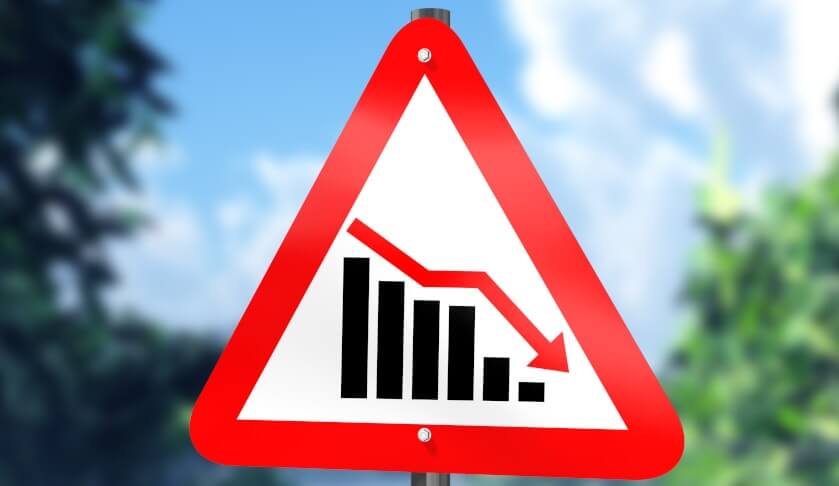Investors influential to potential of housing fall: RBA
Investors play an important role in the current volatile market, the Reserve Bank of Australia has claimed.

Speaking in Sydney, the assistant financial system governor at the Reserve Bank of Australia, Michele Bullock, argued that property investors have less incentive to pay down their debt and to hold onto their property in the instance of a housing fall.
“Indeed, the macro-financial risks are potentially heightened with investor lending. For example, since it is not their home, investors might be more inclined to sell investment properties in an environment of falling house prices in order to minimise capital losses,” she said.
“This might exacerbate the fall in prices, impacting the housing wealth of all home owners.”
Further, Ms Bullock said that as investors buy more new homes than owner-occupiers, investor appetite has the ability to intensify the housing construction cycle and render it prone to oversupply.
Conceding that it’s the high-income taxpayers who are more likely to possess investment properties, and as such have a greater capacity to absorb income or interest rate stings, she said it’s valuable to consider the risk of financial stress on these borrowers.
Ms Bullock said: “Investors have less incentive than owner-occupiers to pay down their debt … [and] many take out interest-only loans so that their debt does not decline over time.
“If housing prices were to fall substantially, therefore, such borrowers might find themselves in a position of negative equity more quickly than borrowers with an equivalent starting LVR [loan-to-value ratio] that had paid down some principal.”
Australian Taxation Office data has shown that the percentage of Australian taxpayers who invest in property has increased in the last few years, with 11 per cent of the adult population in 2014-15 owning an investment property. Of that proportion, 80 per cent of their properties were geared.
Commenting on these statistics, Ms Bullock noted that while the majority own just one investment property, the number of those with multiple properties is growing.
She continued, noting that there has been a “marked increase” in the percentage of geared investors over 60. However, “these factors do not necessarily increase the risk of financial stress but they bear watching”.
Additionally, while variable-rate interest-only rates have increased by 0.6 per cent since late 2016, that increase should still see investors reasonably comfortable given that lenders in recent years have been testing borrowers’ ability to withstand interest rates of at least 7 per cent.
However, a large volume of interest-only loans will expire over the next four years, meaning some borrowers will move to principal and interest plans while others may continue their interest-free period provided that they meet the lending standards, Ms Bullock said.
“There may, however, be some borrowers that do not meet current lending standards for extending their interest-only repayments but would find the step-up to principal and interest repayments difficult to manage,” she said.
“This third group might find themselves in some financial stress. While we think this is a relatively small proportion of borrowers, it will be an area to watch.”
Last week, the RBA flagged concerns that house price growth was outstripping income growth, and that this was contributing to a buildup of risk in household balance sheets.
With this in mind, the RBA governor Philip Lowe said: “While the Reserve Bank does not target housing prices or household debt, it would be a good outcome if we now experienced a run of years in which the rate of growth of housing costs and debt did not outstrip growth in our incomes in the way that they did over the past five years.”
